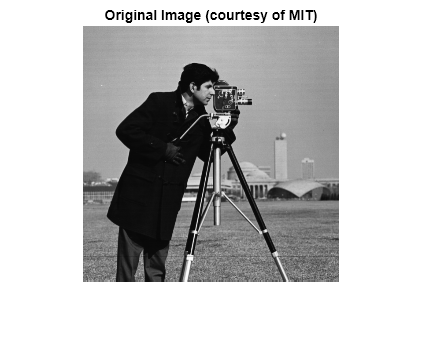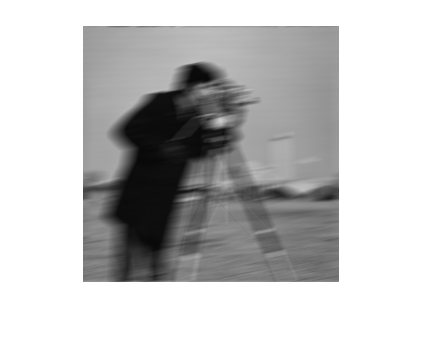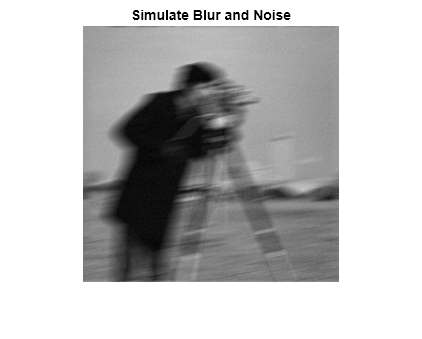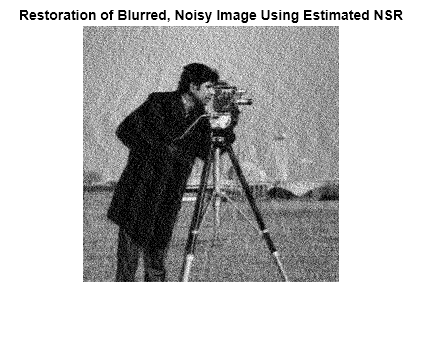deconvwnr
使用 Wiener 滤波对图像进行去模糊处理
说明
示例
输入参数
输出参量
提示
输出图像
J可能出现算法中使用的离散傅里叶变换引入的振铃效应。要减少振铃效应,请在调用deconvwnr之前使用I = edgetaper(I,psf)。
参考
[1] Gonzalez, R. C., and R. E. Woods. Digital Image Processing. Addison-Wesley Publishing Company, Inc., 1992.
版本历史记录
在 R2006a 之前推出




